Review for 20th Century Boys Trilogy: The Complete Saga (4 Discs)
Introduction
It seemed as if 4 Digital Asia were onto a winner last year. They had just released the 3 live action Death Note films in two-disc collections with novelty packaging, and had moved onto an even bigger manga crossover property, the acclaimed 20th Century Boys by Naoki Urasawa. It's one of those 'unfilmable' stories like Watchmen, which when they finally come to the big screen totally redefine comic book adaptations. It seems that 4 Digital Asia would also give 20th Century Boys the Death Note treatment, and indeed the first film in the trilogy came in a two-disc collection with novelty book style packaging, and with a host of extra features. I fully expected the subsequent films to get similar high profile releases, but things fell quiet in the 20th Century Boys corner. I guess that sales weren't quite as rosy as expected, as 4 Digital Asia have gone and done a Manga Entertainment. On a couple of occasions, when anime series have failed to perform for Manga, they've dropped the single releases and gone straight to boxset, which turns out to be an annoyance for those who bought the first few volumes of a series, offset slightly by a cheaper price tag. In the same vein, instead of releasing the second and third films individually, 4 Digital Asia have gone straight to the Complete Saga Collection, which collects all three films together, as well as adding some more extra features. This will be a four-disc collection, and I guess that the extras disc will go from single layer to dual, to accommodate a few more goodies. I'm guessing because once again I didn't get the final discs to review. Last year I had to make do with DVD-Rs, and this time I have to submit to absent menus, single layer discs, egregious compression and missing extras again. That's for the second and third films. I did get the retail version of the first film though, so at least this time I can comment a little on the audio and video.
It's an epic manga running to some 17 volumes in length, and when you consider that only half of Death Note's 12 odd volumes were adapted into two features, you realise the magnitude of bringing this story to the silver screen. Yet Director Yukihiko Tsutsumi has managed just that, creating a grand tale of cults and doomsday scenarios, full of conspiracies and plot twists, a story that is complete in three feature films, all of which were released over the period of one year. I had previously only seen the first part, and my opinion was noncommittal to say the least, as standing alone, that first movie barely served as a prologue to the main act. I thought it was 2 hours of mystery and questions, and about ten minutes of revelation, tantalising and enthralling, but not in anyway satisfying. I said it would all depend on how the second and third films panned out. Now I get to see just how good 20th Century Boys truly is.
20th Century Boys - Chapter 1: Beginning of the End
Kenji Endo thought he could change the world with Rock and Roll. Unfortunately, the world wasn't listening, which is how he wound up as the manager of a convenience store in Tokyo, living with his mother and looking after his sister's baby daughter Kanna, who she left in his care before walking out the door for good. In fact, mundanity has struck all the friends he went to school with, and they now work in 'normal' nine to five drudge jobs, raising families and keeping roofs over their heads. How different it was when they were in elementary school in the sixties and seventies, when they played at being heroes, and imagined comic book lives for themselves. They made believe that they were a gang of crime-fighters who took on a world shattering threat and an evil super-villain, and they even recorded their exploits in a 'Book of Prophecies'.
Flash forward to 1997, and strange things have started happening in the world. There is a terrifying viral epidemic spreading across the globe, and a new religious cult led by an enigmatic figure named Friend is spreading its influence. When one of Kenji's old school friends dies in mysterious circumstances, and a local family vanishes, it begins to ring alarm bells in Kenji's memory. As he reunites with his school friends, they realise that the events occurring in the world bear a striking similarity to those that they had once recorded in The Book of Prophecies, and it seems that the new cult is behind it all, especially when the cult has as an emblem, a symbol that only their gang knew about. Even more worrying is that the final page of the Book of Prophecies describes the end of the world occurring on the 31st of December 2000.
20th Century Boys - Chapter 2: The Last Hope
The world didn't end… But there is a New Book of Prophecies, also written in that long-forgotten summer of 1969, one that picks up where the first left off, and one that foretells of another cataclysm in 2015. It is now 2015, and Kenji's niece Kanna has grown up, and now works as a waitress when she isn't at school. But it's a different world that she lives in, one that marches to the beat of a new world leader, Friend. Japan is essentially a police state now, and even world leaders hail Friend as their new saviour. But he isn't the only saviour. The New Book of Prophecies states that in 2015, a new saviour will rise in a church in Shinjuku, only to be struck down by an assassin. And this will herald the end of mankind, brought about by the Satanic Salesmen. Friend is preparing the way for this, calling to his breast all those who want salvation.
And Kanna is at the heart of his plans. But for Kenji's friends, who have been in hiding ever since Bloody New Year 2001, Kanna is their last hope. Kanna herself is almost alone in believing in her uncle, especially in a world that all her life has painted him as a terrorist and mass murderer. She wants to continue his fight for freedom, but his friends won't let her, but when the opportunity to end Friend's influence arises, the gang reunite. For Kanna it will mean going into the past, finding out the truth about her uncle and his friends back in 1969, finding out the truth about her own mother, as well as trying to find out the secret identity of Friend. Friend has a plan of his own though. He wants to be a God, and besides, if it worked for Jesus…
20th Century Boys - Chapter 3: Our Flag
The world still hasn't ended but the New Book of Prophecies still has a few pages left to go. In year 3 of the Friend Era, 12 pm, August 20th, 2017, aliens will invade, and a new, lethal virus will wipe out what is left of humanity. Only Friend will be able to offer redemption and salvation to those who devote themselves to him, and following the miracle of 2015, Friend practically rules the world, preparing for the ultimate fate of mankind. A giant wall now encircles Tokyo, keeping the plague-afflicted at bay, and the residents safe, while inside the wall, Tokyo's suburbs have reverted to the way they were back in 1969.
But Kenji's friends still plan against Friend, they still work in secret to free the world, and as the fateful day approaches, Otcho sneaks back into Tokyo, only to find trouble in store. Everyone is pulling in different directions, Kanna has become more militant and is advocating armed insurrection, and it seems the resistance is doomed to failure. All that they need is a sign, one hope that will reunite them. That sign may just be playing on the radio, as from out of the ether, against all expectations, Kenji's song is heard. As the final Prophecy comes to pass, and Friend's identity is revealed, will Rock and Roll save the world?
Picture
I can't tell you anything about the second or third films, except that on single layer DVD-Rs they are painfully compressed. But I can tell you about the first film, which is indeed a native PAL transfer of a 1.85:1 anamorphic image. It's certainly a decent enough transfer of a recent film, free of print damage and age quite naturally. The image is clear and consistent throughout, there's a smidge of grain, but some of the darker scenes are softer, there is a hint of ghosting, and detail levels could have been higher. It's nowhere as bad as an NTSC-PAL transfer could have been, but as film to PAL transfers go it's average at best.
Actually, judging by the runtimes of the second and third films, compared to the runtimes on IMDB, the screeners look as if they have NTSC-PAL conversions, although given the compressed image on both, I can't tell for sure. If the retail discs are the same, it will be an unfortunate inconsistency across the series.
Sound
You have a choice between DD 2.0 and DD 5.1 Japanese on the 1st feature film (I don't know about the other two), with optional Japanese subtitles. The surround track brings the action scenes across well; the dialogue is clear, as is most importantly the music. 20th Century Boys is something of a nostalgia fest if you're into glam rock, and of course there is a lot of that T-Rex anthem here. Seeing the retail release, I noticed that they didn't sort out those subtitle issues on the first film in the end, which is a shame.
Extras
As I have only the retail release of the first film, I can save time and point you to my review of that film to see what extras there are with the first film. However, this saga collection promises 4 hours of extras, not just the two hours that came with the first film. It's still only a four disc release, and with the length of the films, I guess that the extras disc will be re-authored as a dual layer disc to accommodate the extra Making Of Documentary, the Chapter 3 Alternate Ending, and the Image Galleries that weren't there the first time around. But don't quote me on that until the final retail version is released.
I did have a look at the novelty packaging of the first release, although I doubt it will be the same for the collection. But the 24-page booklet is a nice glossy looking thing, built into the packaging of the first film, full of information on the making of, with photos and interviews. I think it will be this booklet that is released again with the trilogy, but I hope it is updated to take the sequels into account as well as the first film.
Conclusion
I saw the first 20th Century Boys movie last year and re-watched it earlier this week, and while I eventually got into it, and enjoyed it, it was very much a mystery of a movie, leaving many more questions unanswered than not. It certainly wasn't conventionally enjoyable, and I left that review with the proviso that the film's value will hinge on the accomplishments of the sequels. Then, a couple of days ago, I watched the second part of the trilogy, and left it feeling much the same way. It answered a few more questions, asked just as many new ones, and left me hanging at the end, entertained but unsatisfied. It wasn't until last night, when I watched the final instalment that I finally got the sense of satisfaction and fulfilment that I crave from my movies. The final chapter of 20th Century Boys answers those nagging questions, and resolves the story suitably. While each film has its structure, its dramatic tempo, and the necessary crescendo in the final reel, 20th Century Boys is really just one movie divided into three, and it's better to watch all three movies in short order, rather than leave a significant gap between them. Early adopters may be peeved, but 4 Digital Asia made the correct decision in going straight to the saga collection, although it may have been better to have gone that way in the first place.
Since 20th Century Boys is all about the mystery, I'll keep my trap shut on the film's plot, beyond that which I have already stated in the films' synopses. It's an intriguing mystery though, and the way that it unfolds in the three films, and is eventually resolved is certainly rewarding on the intellectual level, but made all the more effective with some sympathetic characters. I've already mentioned this in the review for the first film, but the most appealing thing about this story is that the heroes and the villains are the average Joe, the convenience store clerk, the businessman, the customs official. This isn't a film about superhuman abilities, or innate heroics, which often makes me forget that this is a manga adaptation. It's because we see these characters at different stages in their lives, from childhood all the way up to middle age that it becomes so easy to relate to them, heroes and villains both. It's only the occasional, apparent misstep, whether in terms of narrative serendipity, or overwrought emotionality that reminds of the comic book origins.
It's worth remembering that when you watch it. Despite the CGI, and the world-shaking conspiracy driven storyline, this isn't your typical Hollywood, crash, bang wallop of a comic book adaptation. This is a character driven story first and foremost. This is about people resolving their personal issues in ways that, frankly approach overkill, but are never beyond the realms of believability. It's why the story gets a comparatively low-key conclusion, one that completely respects the integrity of the characterisations, but may leave some viewers feeling let down by the lack of grandiosity. Which is why it is imperative to remain seated for the post credits epilogue, which is where all those outstanding questions are finally answered, and the message of the film is brought into focus. Seemingly insignificant events and actions can have lasting consequences and unforeseen implications for years after the event. It also leaves another couple of questions to have you scratching your head.
I wish 4 Digital Asia wouldn't send me DVD-R screeners, as they make my life as a reviewer complicated. But it also gives me a chance to show the extent of my appreciation for 20th Century Boys. As a reviewer, I am chock-a-block with discs, yet like a pack rat, I am loath to get rid of them. I don't exactly go out of my way to hunt down retail releases of check discs, even when they are a significant improvement, as I just don't have the room. Yet last night, as soon as I finished with 20th Century Boys, I put in the pre-order for the retail version. It is pre-tailing at a very acceptable £15 in some shops. And this is the third time I've done this for a 4 Digital Asia title, indicating the calibre of movies that they release.
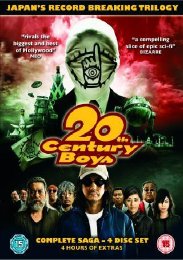



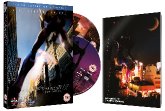










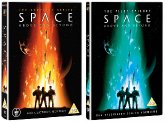

















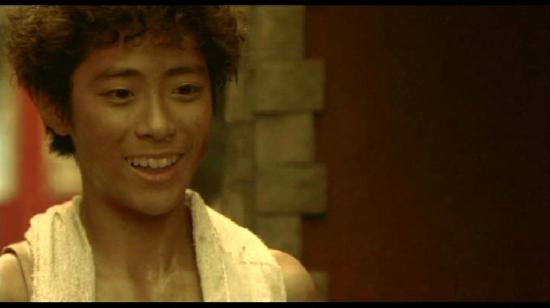
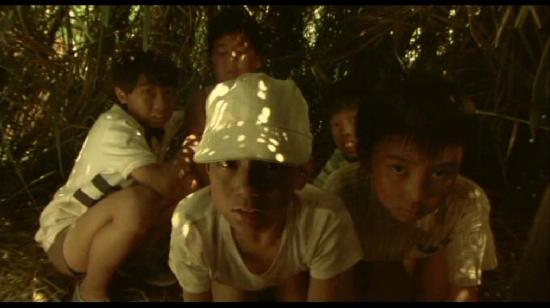
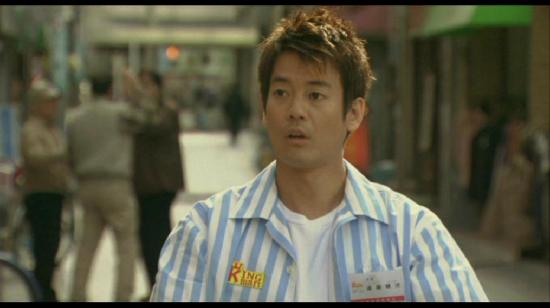

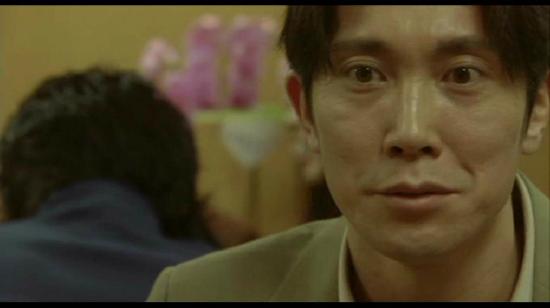

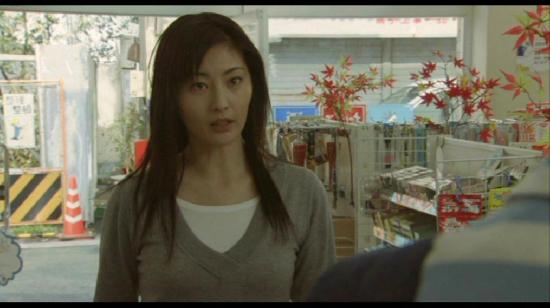
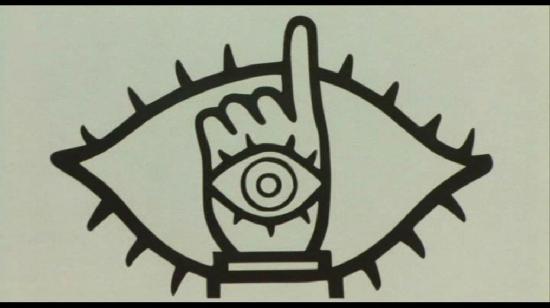
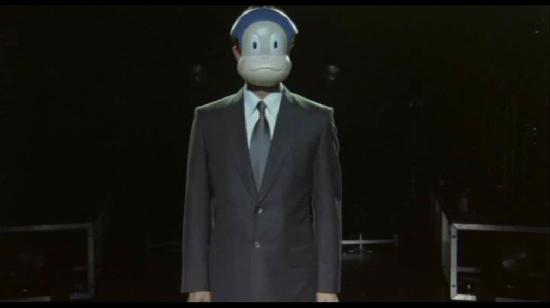
Your Opinions and Comments
The original 2 disc Part 1 novelty book pack is packaged with a (overlapping 2-disc) digipack holding the discs for the final two films. Both slip covered packages get a slipcover of their own to hold everything together.
The second and third movies are indeed NTSC-PAL conversions, which is a little disappointing.
The second movie gets an hour worth of making of documentary, the trailer for the movie, and a slideshow image gallery, all on the same disc.
The third movie gets the second part of the making of documentary running to 35 minutes, trailers, and the image gallery. It also gets an alternate ending, which runs to 25 minutes.
Now I have to find the time to watch it all again.